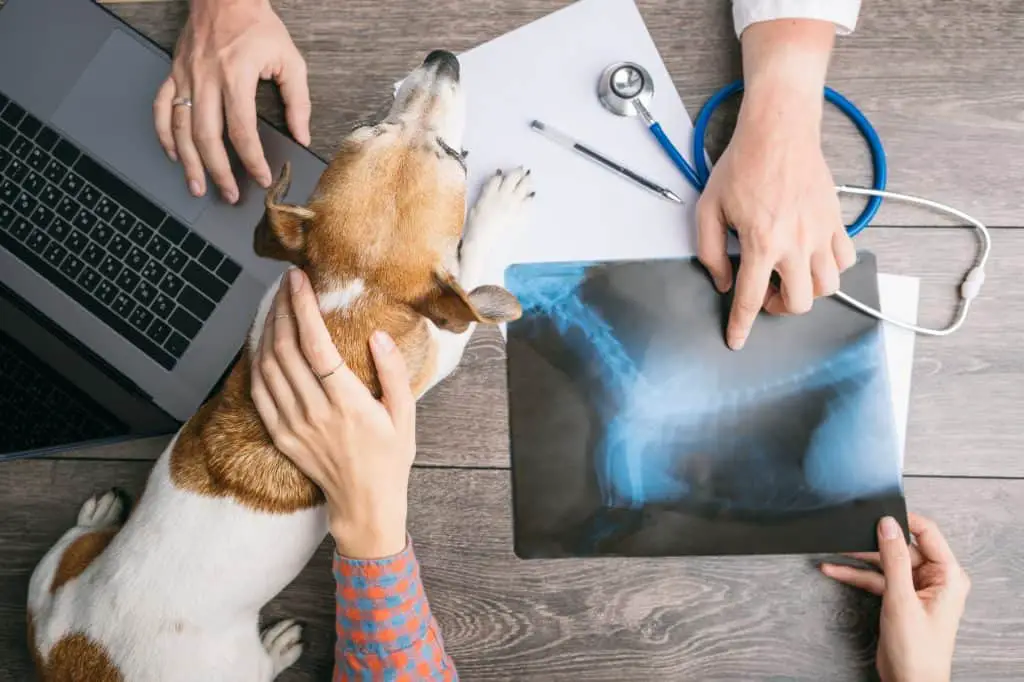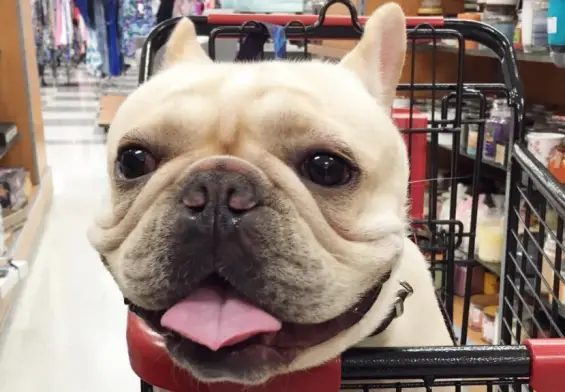Dog Floating Rib – How Many Sets Do Dogs Have?
You do not need to be an expert in anatomy to know a rib cage when you see one. A dog’s belly has a barrel shape because of its rib cage. Virtually everyone knows that dogs have ribs. However, what a lot of people do not seem to know is how many ribs dogs have. The fact that you are reading this article indicates that you are also interested in knowing the number of ribs a dog has.
Averagely, dogs come with thirteen pairs of ribs. None of these pairs are linked to their sternum. Also, four are connected to the rib’s cartilage. This means dogs have 26 ribs.
You have perhaps made an assessment of your dog’s cage if you have seen it breathing in and out. The rib cage of a dog is responsible for its structure. That’s not all. In addition to its structure, it serves as protection to its vital organs. These organs include its heart and lungs. So, you should consider your dog’s ribs as a form of protection for its organs. This way, it does not get easily harmed by attacks and external forces.
Floating Ribs
Dogs have 26 ribs, and these ribs are categorized differently. The first seven pairs of ribs in a dog are called true ribs. These ribs are linked to its breastbone. Additionally, they link the remaining five pairs of ribs to the dog’s sternum through a cartilage. The remaining five pairs of ribs are the exact opposite of the first seven pairs. They are called false ribs. The last two ribs in the dog are known as swimming ribs. These ribs are sometimes noticed as a protrusion in dogs. Also, they are covered by cartilage.
A lot of people consider floating ribs to be an indication of a rib being broken. However, a rib does not have to be broken for it to pass as a floating rib. Nonetheless, if you suspect your dog has broken a rib, you must be very cautious.
What is the Role of a Dog’s Rib?
A rib cage in a dog can be likened to the bars of a steel cage. It plays a major role in ensuring your dog stays safe. It can do this because it protects organs such as the lungs, heart, stomach, spleen, and kidneys. That’s not all. Present in a dog’s rib cage are lots of malleable and powerful muscles that provide some areas of the body with support. Some of these body areas are its upper abdomen, spine, and chest. The ribs go a long way in keeping these body parts from damage.
A Dog’s Rib Structure
Contained in a dog’s bones are mineralized and strong tissues that provide the dog with structural protection. Additionally, your dog’s ribs are an indication of its weight. You can check your dog’s weight by simply placing your hand on its rib.
Suppose you feel its ribs very easily. It is an indication that your dog’s weight is good. However, if you struggle to feel its ribs because it is underneath a layer, it could be an indication of obesity or just extra fat.
There are various dog breeds, and these dog breeds come with bones of various sizes. Dogs like Chihuahua and Great Dane have the same bones. However, the shape and sizes are different. Unlike some other animals, the amount, as well as the composition of the skeleton, differs in different dogs.
Generally, the skeleton of dogs is grouped into three sections. They are;
- Appendage skeleton, which is made up of extremities.
- The axial skeleton consists of the sternum, ribs, skull, and spinal bones.
- The visceral skeleton which is a bone that is not different from an organ.
Comparing the Human Skeleton to that of Dogs
Unlike humans that simply have 206 bones, the bones in a dog’s body range from 319 to 321. Dogs with longer tails generally have more bones than those that have short tails. Additionally, dogs can move above humans frequently because of the presence of disconnected shoulder bones.
Dogs might have to get to 18 months old for their skeleton to mature. Just like dogs have different numbers of bones, the time needed for their skeletons to mature is dependent on various factors. Generally, the period a dog’s skeleton needs to get mature is dependent on the size of the dog, as well as its growth rate.
The skeleton of small dog breeds gets mature in a few months. However, that of much bigger dog breeds might get mature between 15 to 18 months. Unlike the skeleton of dogs, which can be mature in months. The skeleton of humans will get mature between 25 and 30 years.
Dog Ribs and Bone Cancer
There are lots of health issues that can take place in a dog’s rib. Some of them are mild. Others, however, are very critical. One of the fatal health-related challenges that could occur in a dog’s rib is osteosarcoma. This bone condition can spread rapidly through the dog’s body. To avoid this occurrence, you will need to constantly take your dog to the vet for checkups.
When this cancer is still in the dog’s ribs, it can be managed. However, if it spreads to vital parts of the dog’s body, like its lungs, the dog might start experiencing issues with breathing. In this situation, the only treatment alternative is surgical removal.
Broken Ribs
Just like in humans, a dog’s ribs can also get broken. Generally, a fracture to a dog’s ribs occurs when it gets involved in an automobile accident. Also, violent treatment can cause the ribs to get broken. When a dog’s ribs gets fractured, it needs to be treated immediately. Also, the healing process can be quickened by ensuring the dog moves are little as possible.
Additionally, the dog should get the right medical care. If the healing process is not made faster, there might be complications.
When a dog’s ribs are broken, its lungs can be affected directly. This can lead to difficulty breathing due to the collapse of the lungs. Therefore, to avoid any difficulty breathing, if your dig’s ribs get fractured, you must take it to see a vet.
When a dog’s bone gets broken around the ribs, it must be treated as a serious condition. Also, your dog should be taken to the vet quickly. Fractures in the ribs are painful. However, beyond being painful, the sharp edges of the broken ribs can hurt the lungs.
To prevent any complications that can come from the fracture of your dog’s ribs, if it is involved in an accident, you should visit the vet so it can be evaluated. This is important even if there are no signs of an injury.
Some people might assume there is no need to take their dog to the vet if it is not in pain. While this might seem normal, you do not have to wait for your dog to be in pain to take it to the vet.
When you take your dog to the vet, your vet will assess it generally. They will take out time to check its chest for signs of any wound. If there is an open wound, the vet will cover it with clean gauze. After a general assessment, they will wrap its chest with torn sheets. While the cloth has to be firm, it should not be too tight, so it does not affect the dog’s breathing.





